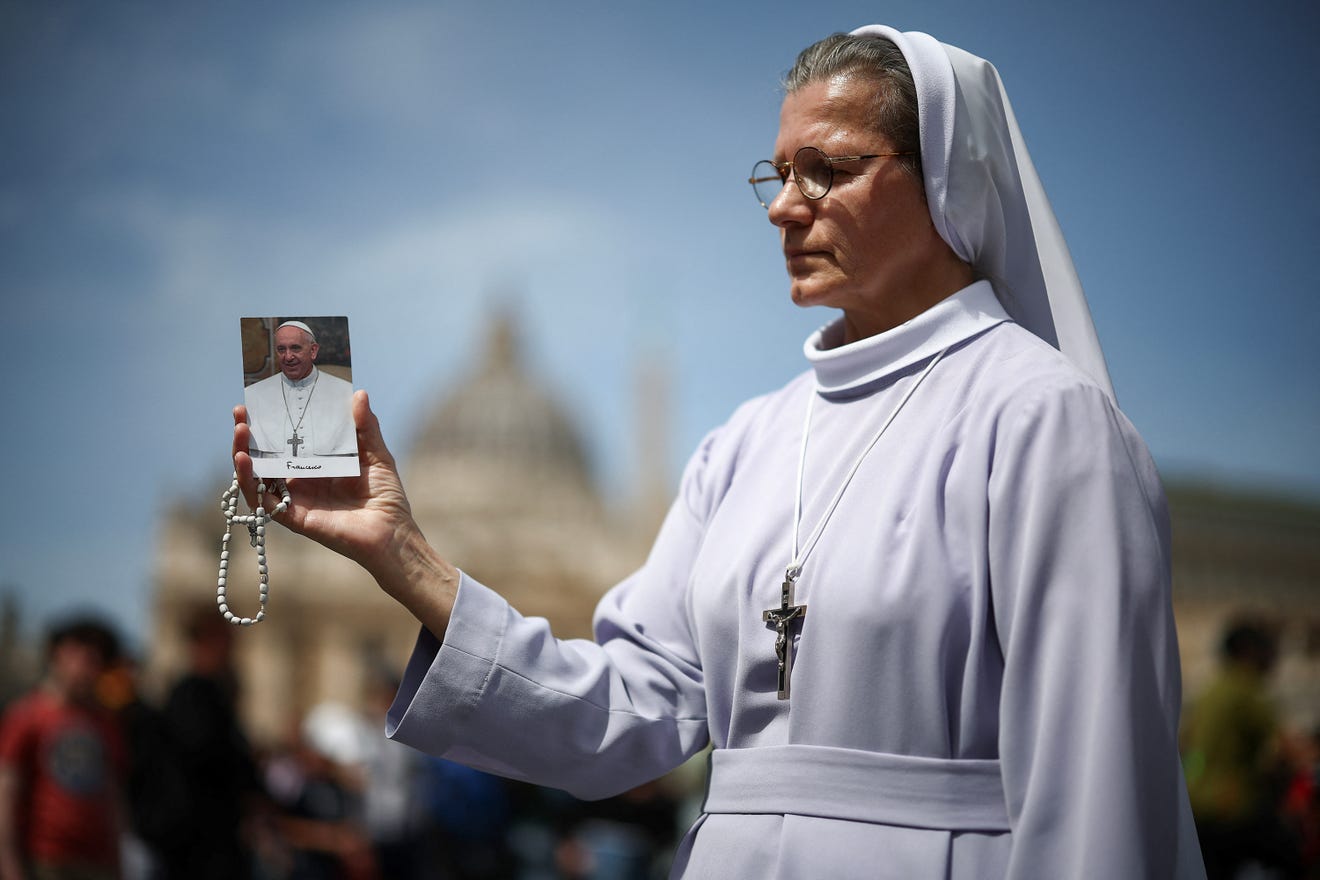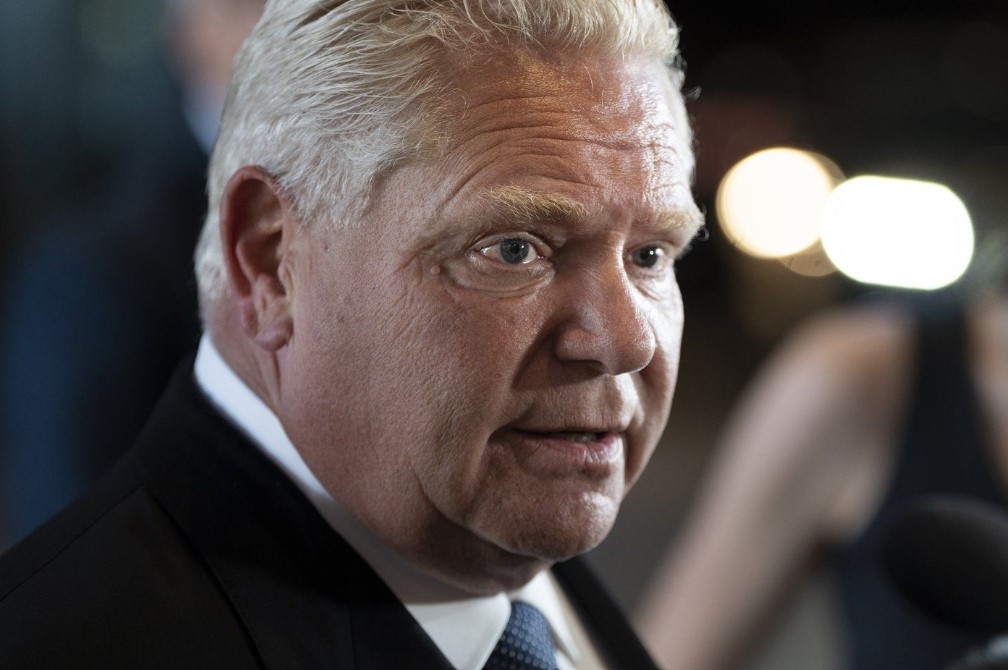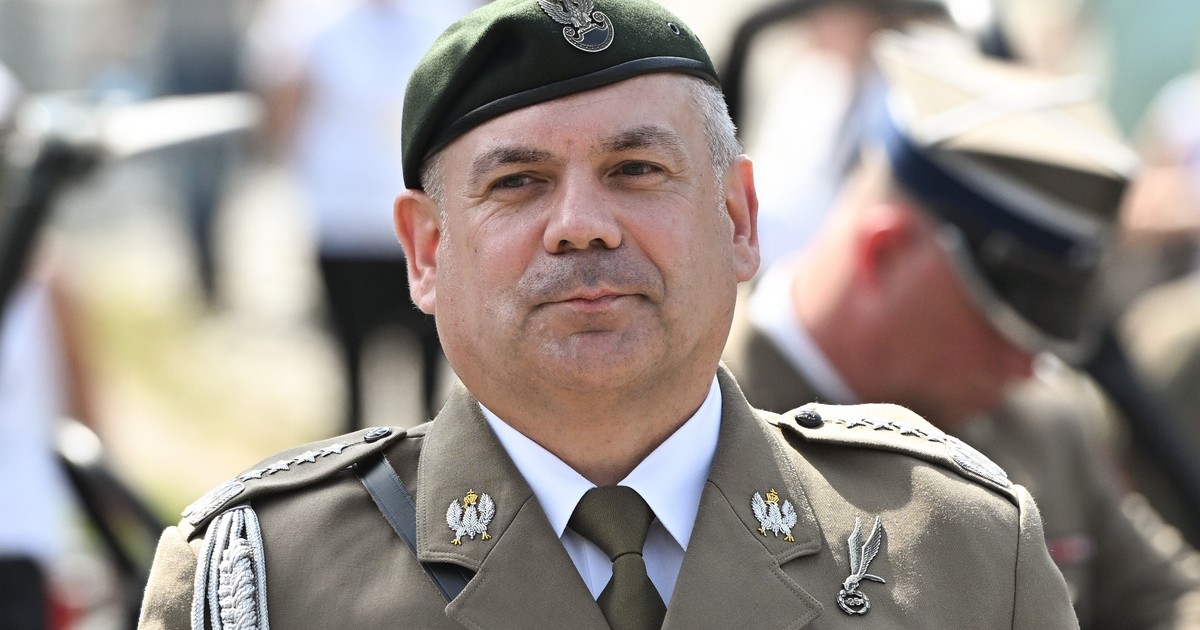How The Pope Is Elected: A Detailed Explanation Of The Conclave Process

Table of Contents
The Role of the Cardinals in the Pope Election
The College of Cardinals holds the sole responsibility for electing the next Pope. This esteemed body, composed of cardinals under the age of 80, plays a crucial role in the Papal succession. Understanding their role is key to understanding how the Pope is elected.
-
Cardinal Elector Eligibility: Only cardinals who have not yet reached their 80th birthday are eligible to vote in a Papal Conclave. This age limit is a crucial aspect of the electing the Pope process. This ensures a balance between experience and the energy needed to lead the Church.
-
The Number of Cardinal Electors: The number of Cardinal electors participating in a Conclave varies, depending on the number of cardinals under 80 at the time of a papal vacancy. This number directly impacts the dynamics of the voting process.
-
Significance of Cardinal Electors: The cardinals' role is paramount in maintaining the continuity of the papacy. Their collective wisdom and discernment are essential in choosing a successor who can effectively guide the Catholic Church. The selection of the Cardinals themselves is a complex process, spanning years of service and recognition within the Church hierarchy.
-
Selection of Cardinal Electors: The process of selecting Cardinals, who are then eligible to participate in a Conclave, involves a meticulous process of appointment by the Pope himself. These appointments are carefully considered based on the cardinal's dedication, theological expertise, pastoral experience, and demonstrated leadership within the Church.
-
Key Responsibilities:
- Each cardinal takes a solemn oath of secrecy, pledging absolute confidentiality regarding all Conclave proceedings. This oath is crucial for maintaining the integrity of the Papal election.
The Stages of the Conclave Process
The Conclave itself is a series of carefully orchestrated steps, a detailed process of electing the Pope, leading to the election of the new Pope. Let's examine the key phases involved in choosing the Pope.
-
Sede Vacante: The period of sede vacante (the vacancy of the papal office) begins with the death or resignation of a Pope. During this time, the College of Cardinals prepares for the Conclave, ensuring all logistical arrangements are in place. This period is characterized by a palpable sense of expectation and prayer throughout the Catholic world.
-
Conclave Preparations: The preparations leading up to the Conclave include securing the Sistine Chapel, the traditional venue for the Papal election, and ensuring the necessary arrangements for the cardinals’ lodging and provisions during their period of seclusion.
-
The Voting Process: The voting process is conducted through secret ballots. Each ballot paper is carefully examined, and then burned after each round of voting. The color of the smoke emanating from the chimney of the Sistine Chapel signals the results to the expectant crowds gathered in St. Peter's Square: black smoke signifies that no Pope has been elected, while white smoke signals the successful election of a new Pope. This aspect is a significant part of how the Pope is elected and is part of the tradition surrounding the process.
-
Two-Thirds Majority Requirement: The election of the new Pope requires a two-thirds majority vote among the Cardinal electors. This threshold ensures a strong consensus and provides a measure of stability to the Church.
-
Key Stages:
- The Conclave officially begins after the death or resignation of the Pope is confirmed.
- Cardinals reside in seclusion within the Vatican walls, completely cut off from the outside world.
- Strict regulations govern communication during the election to ensure secrecy.
The Significance of the “Habemus Papam!” Announcement
The announcement of "Habemus Papam!" ("We have a Pope!") is a pivotal moment, a dramatic culmination of the Conclave process. This declaration marks the end of the selection process and the beginning of a new papacy.
-
Historical Significance: The phrase "Habemus Papam!" holds immense historical significance, echoing through centuries of Papal elections. Its proclamation heralds a new era for the Catholic Church, sparking joy and anticipation globally.
-
The Announcement Process: The announcement is made from the central balcony of St. Peter's Basilica. The Cardinal Protodeacon (the senior Cardinal Deacon) proclaims the name of the newly elected Pope to the world. This public declaration marks a moment of profound significance and unity for the global Catholic community.
-
Global Impact: The announcement reverberates across the world, uniting Catholics in faith and shared anticipation. This moment signals the start of the new Pope's pontificate and a new chapter for the Catholic Church.
The Secrecy and Tradition Surrounding the Conclave
Secrecy is a paramount aspect of the Conclave, a cornerstone of the process of electing the Pope. This confidentiality ensures the freedom and integrity of the electoral process.
-
The Oath of Secrecy: All participants, including cardinals, officials, and support staff, take a solemn oath of secrecy, promising absolute confidentiality regarding the Conclave proceedings. This strict oath protects the integrity and ensures the confidentiality of the votes and deliberations.
-
Security Measures: Stringent security measures are implemented to prevent any interference or leaks of information. Strict control over access to the Sistine Chapel and the surrounding areas are in effect during this critical time.
-
Historical Reasons for Secrecy: Historical reasons for the secrecy stem from a desire to protect the cardinals from undue influence and pressure, ensuring the freedom of their choices and safeguarding the sanctity of the election process.
-
Preservation of Tradition: The preservation of tradition and established processes are essential aspects of the Conclave. This continuity adds to the profound significance and solemnity of the event.
-
Secrecy Measures:
- All electronic devices are strictly prohibited within the Conclave.
- All communication with the outside world is strictly regulated and monitored.
- The implementation of these strict measures underlines the importance of protecting the sanctity of the election process.
Conclusion
The election of the Pope, a process steeped in centuries of tradition and rigorous procedure, is a pivotal moment for the Catholic Church. Understanding the intricacies of the Papal Conclave, from the role of the Cardinal electors to the symbolic announcement of "Habemus Papam!", provides insight into the meticulous and significant process of choosing the next leader of the Catholic faith. Learning more about how the Pope is elected allows for a deeper appreciation of this unique and historic event. To further your understanding, explore reputable resources on the Vatican website and other scholarly articles on the Papal Conclave. Continue learning about the fascinating process of how the Pope is elected to gain a fuller understanding of this critical event in Catholic history.

Featured Posts
-
 Rianna U Merezhivnomu Vbranni Rozkishna Ta Seksualna Fotosesiya
May 07, 2025
Rianna U Merezhivnomu Vbranni Rozkishna Ta Seksualna Fotosesiya
May 07, 2025 -
 Le Bron James To Target Julius Randles Defense Draymond Greens Prediction
May 07, 2025
Le Bron James To Target Julius Randles Defense Draymond Greens Prediction
May 07, 2025 -
 Unveiling The Truth The Real Story Behind Princess Dianas Met Gala Gown
May 07, 2025
Unveiling The Truth The Real Story Behind Princess Dianas Met Gala Gown
May 07, 2025 -
 Nation Building Focus Fords Appeal To Carney On Highway 401 Tunnel
May 07, 2025
Nation Building Focus Fords Appeal To Carney On Highway 401 Tunnel
May 07, 2025 -
 Sluchaj Podcastu Onetu I Newsweeka O Stanu Wyjatkowym
May 07, 2025
Sluchaj Podcastu Onetu I Newsweeka O Stanu Wyjatkowym
May 07, 2025
